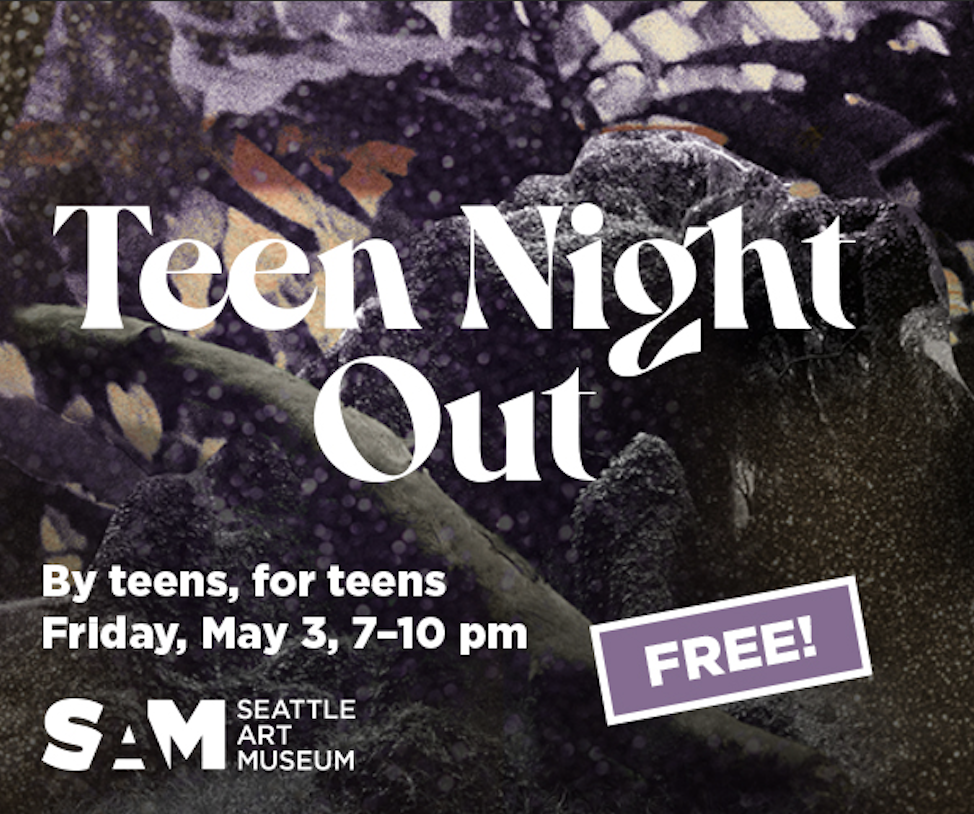On Beethoven and the Birth of Pop
Review of Beethoven's Ninth Symphony at Seattle Symphony by Bethany B.

I head to Benaroya Hall on December 26th, which (if you remember back to your Facebook news feed) is around the time everyone is buzzing about the top 100 hot songs of 2011. So while we find our seats and the orchestra tunes up, pop music is stuck eternally in my skull. But with applause, concert mistress, and conductor, the music starts. The first piece is a suite from Hansel and Gretel by Engelbert Humperdink (Princess Bride anyone?). The music is light, beautiful, and energetic. The prelude starts with the French horns, and then grows to the winds, and finally strings. Each movement tells the story of sweet Hansel and Gretel, and the piece is everything you want in a performance. The piece that follows is Beethoven's Symphony No. 9 in D minor, which is really one of the most exhilarating pieces of classical music I have ever heard. Orchestra, conductor, chorale, and four singers all work together to create the music. Christine Goerke, Soprano, Lurette Bybee, Mezzo-soprano, John Mac Master, Tenor, and Greer Grimsley, Bass-baritone, really steal the show with their rich, stunningly beautiful voices. It’s strangely interesting that the same top 100 pop hits we have today originated from pieces like the Beethoven’s symphony. In the same way that mankind develops technology and medicine, art transforms from its origins to a point that’s almost unrecognizable. As for which one is better? I’ll let you decide, but I’ll take a mix of both, with an extra helping of Beethoven.
Beethoven's Ninth Symphony is closed
Next up at Seattle Symphony: Mozart's Piano Concerto No. 20
January 5 & 7
More info at seattlesymphony.org


